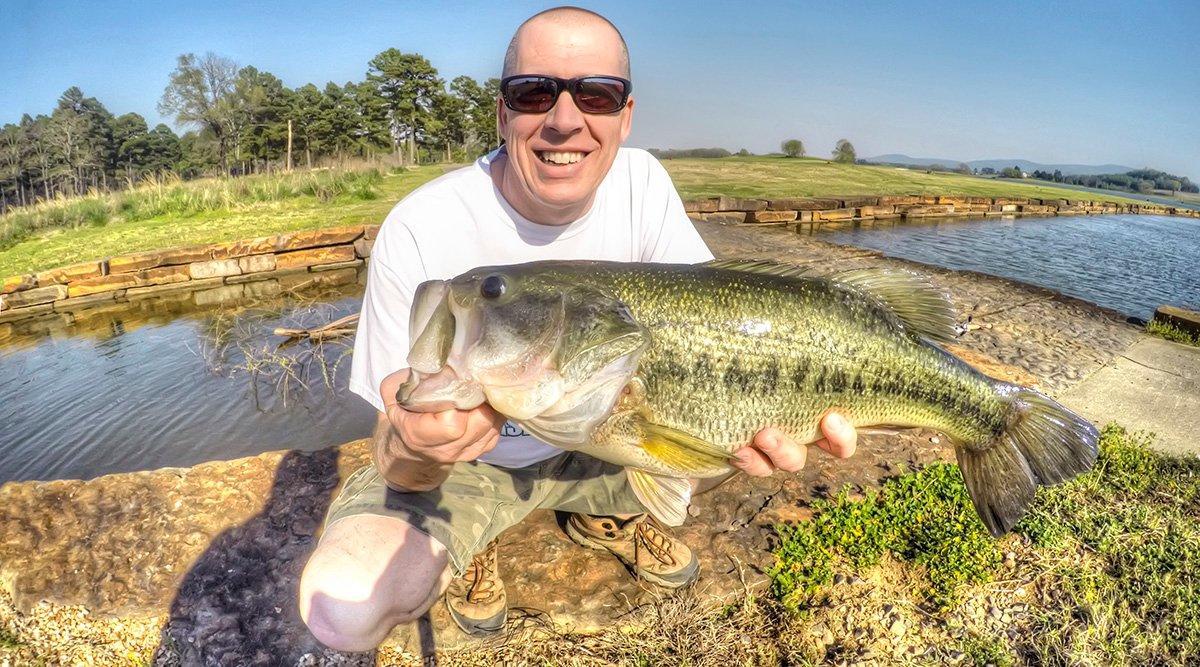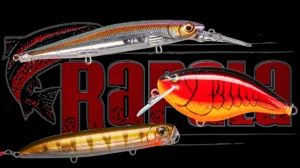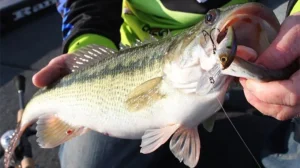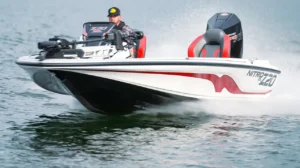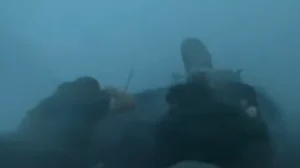Crafty pickpockets usually end up in jail. Savvy pocket pickers end up with a limit of bass, especially in the springtime. Such is the mindset of bass anglers keen on dialing in their focus and spending as much time as possible in productive pockets.
A generic term for just about any offshoot of the main lake or a creek arm, a pocket typically offers some level of wind protection, spawning grounds and feeding opportunities. On most major lakes, it’s impossible to fish ‘em all in a day, so we’ve assembled a list of criteria that’ll help you narrow down your selections.
Protected from “Old Man Winter”
“In the springtime, you want to pick the pockets that are protected from the north wind; that’s where they’re going to spawn the most,” said Elite Series pro Casey Ashley
Pockets with many houses also interest the 2015 Bassmaster Classic champ.
“If the water’s high, it’s in the (homeowner’s) yard, and the fish don’t have anywhere to go,” he said. “When you have 20 to 30 feet of flooded buck brush and timber, those fish are in there and it’s like trying to find a needle in a haystack.”
The groceries
Whether it’s shad or blueback herring, food attracts bass. Spot the bait on sonar or with eyeball recon as the forage dimples and flips at the surface; but don’t overlook secondary clues like sea gulls, terns and loons, all of which follow bait schools.
Shad spawns can play a big roll here, as bass not far removed from their own reproductive rituals will take advantage of distracted forage. Shad like to spawn around solid objects like docks, rip rap and wood, so note the presence of such baitfish maternity wards and hit the likely areas at daybreak, ‘cause this deal only lasts a couple of hours.
Later in the year, opportunistic largemouths will target spawning bream, so spotting what FLW Tour pro J.T. Kenney refers to a “sunken tires” (those large, circular bream beds) is a good sign.
All in the angles
Texas pro Phil Marks won’t necessarily pass on a flat pocket, as long as other favorable criteria exist, but he’s more interested in those with sloping banks indicating deep water access. Significant depth usually means more fish, while proximity to a river channel ensures reloading.
Hard times
Rock veins, rock slides, random rock outcroppings — these are the fish stoppers that halt and redirect bait and bass traversing a bank. Use the ambush angles to your advantage.
Standing tall
Trees eventually fall and make laydowns, but not all laydowns are equal. Along with size and bank depth, consider that pines and other trees with branches sprouting throughout most of their height offer more structure than those with long, barren trunks and branches mostly in the top quarter.
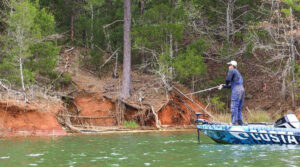
Bottom composition
Clay points warm up quickly, as the darker bottom absorbs the sun’s rays and radiates this coziness like an electric blanket. However, any wind will stir up this bottom and create more murkiness than bedding fish can tolerate.
Firm sandy bottom is the strong preference, so a pocket with nice strips of sandy bank not far from clay points often indicates a natural transition are where bass find favorable prespawn staging habitat with good spawning grounds close.

More accommodating
Expansive prespawn and post spawn staging habitat outside those pockets can accommodate more fish than a rather modest entry. Compare this to a waiting room with 20 rows of comfortable benches vs. a half dozen folding chairs.
Ins and outs
Lots of brush and flooded trees is a good thing, but Phil Marks likes a pocket with several prominent avenues running into and out of the cover. Without such conduits, a lot of those inner sweet spots remain frustratingly unreachable.
Water wisdom
Clarity is always a key factor, so consider that pockets closest to a river inflow typically see murkier water than those closer to a dam.
Water temperature matters, so consider which ones heat up the fastest based on sun angles. Also, power plant outflows impact immediate surroundings, but pay attention to where the wind blows that warm effluent and plan accordingly.
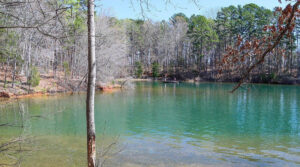
Wise with the wind
Elite pro Jason Christie shares this perspective: “If I’m driving down the river and I have a pocket on my right that’s flat calm and a pocket on the left that has wind blowing on it, more times than not, I’m going to pull into the one the windy one.”
Such breezy stimulus, Christie said, gets the baitfish moving and the bass chewing. Of course, seasonal preferences take precedence.
“If I’m sight fishing, I may want the pocket that doesn’t have wind blowing into it,” Christie said. “But 10 months out of the year, I’m looking for that wind because it makes those fish more aggressive, and it camouflages your lure so you can trick those fish into biting.”
Limit your options
Notwithstanding all of these valid refinement points, Ashley brings us back to a macro-level wisdom point.
“I find my fish by fishing,” he said. “If I get a few good bites, I know I’m in a good area. That’s when I start trying to identify the key details like an isolated stump or blowdown — places where that is the only cover a fish could possibly be on.
“If he’s got too much cover, you’re fighting a losing battle.”


